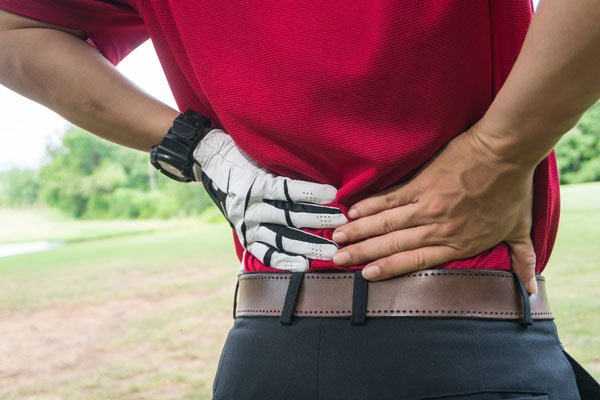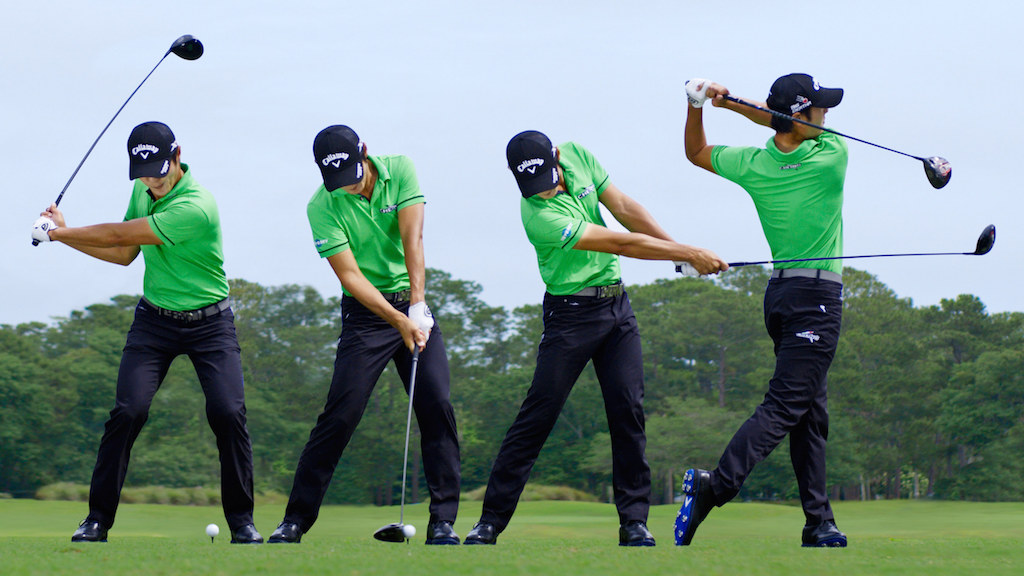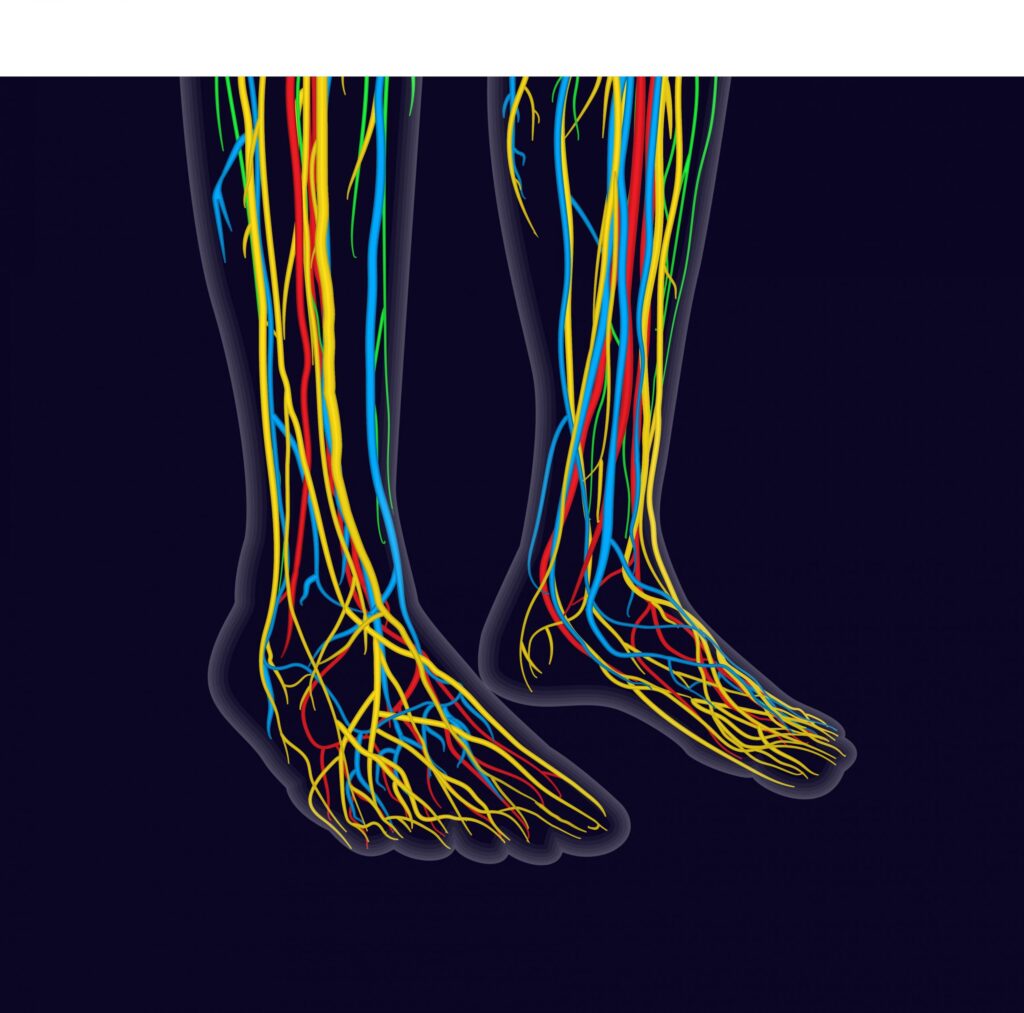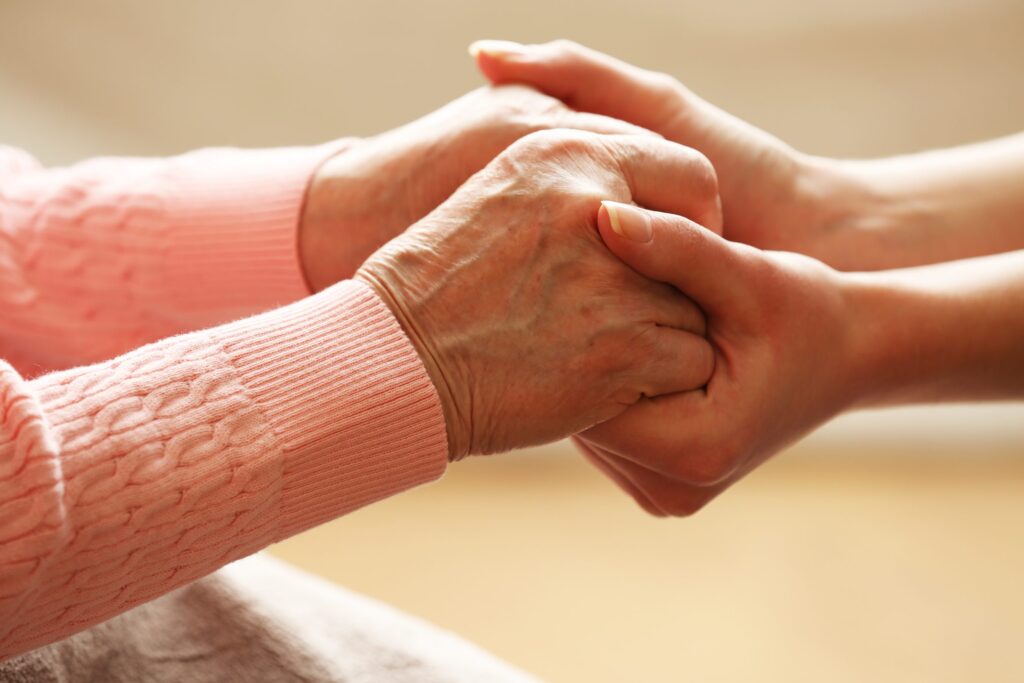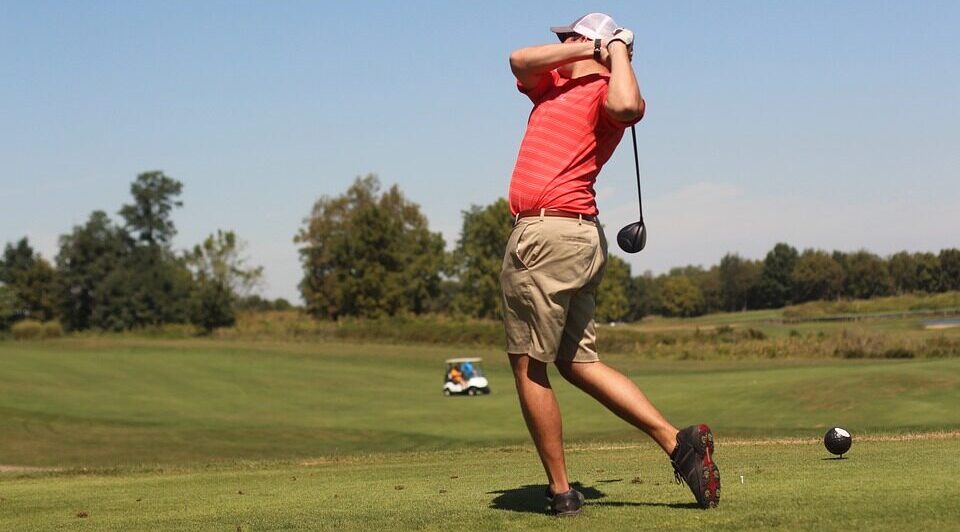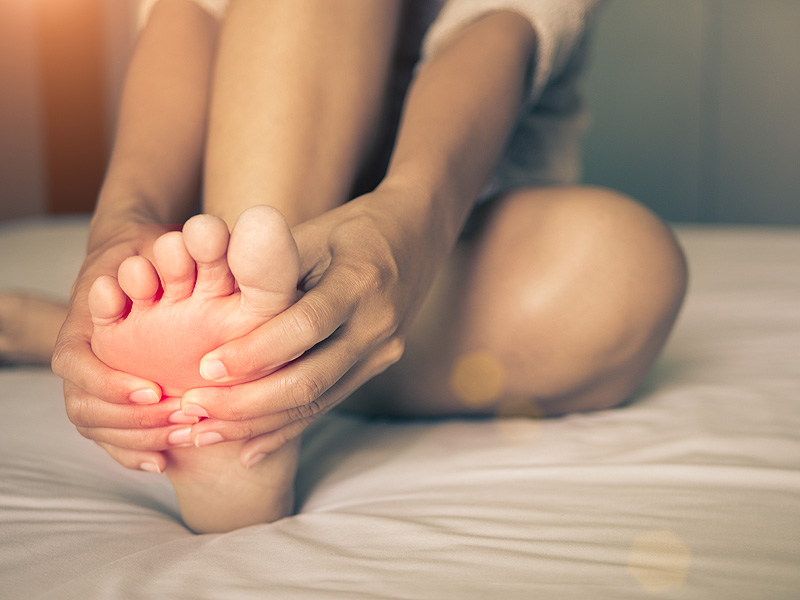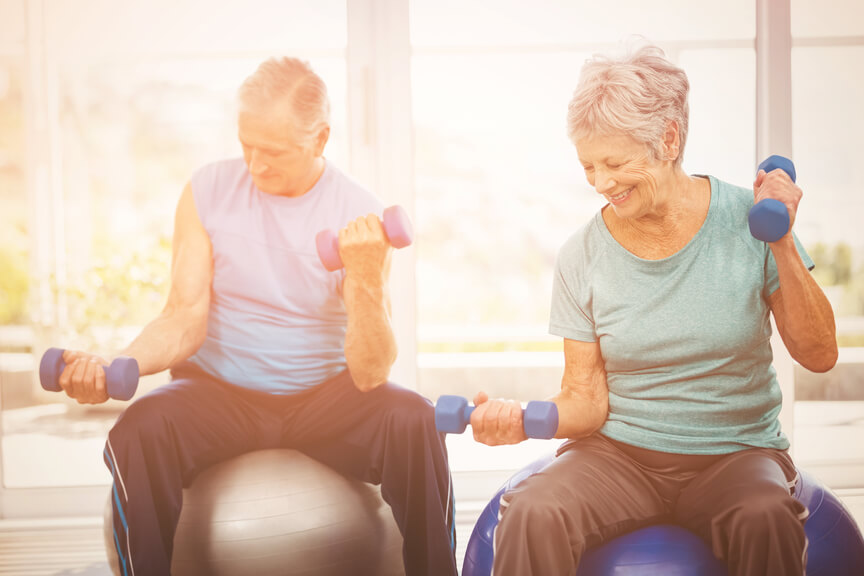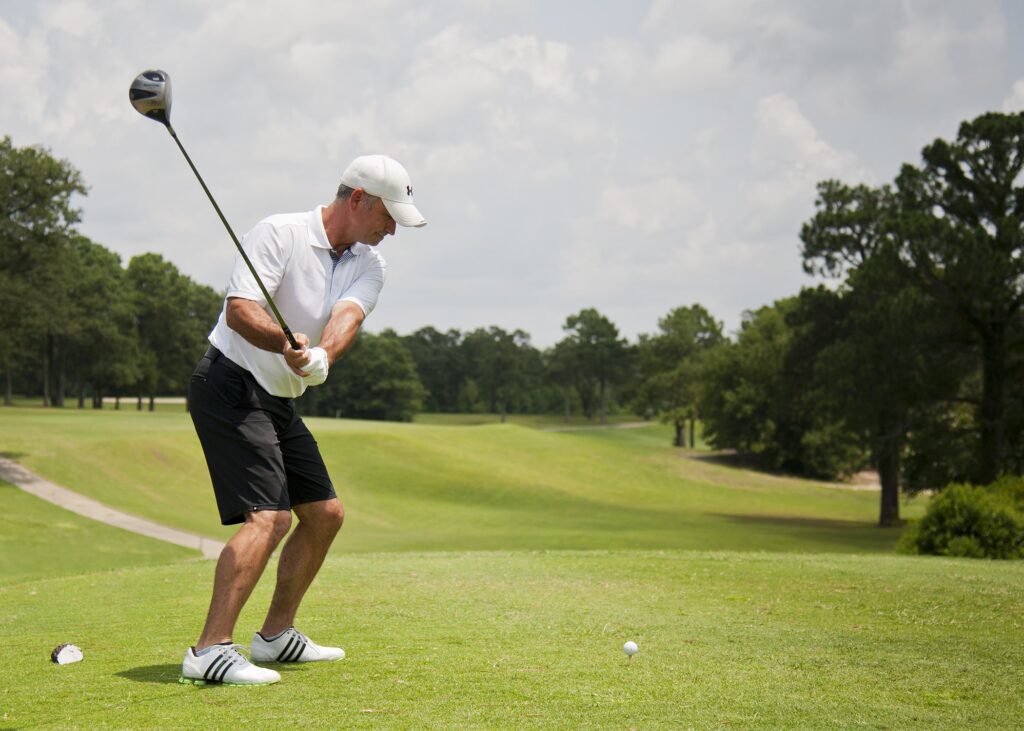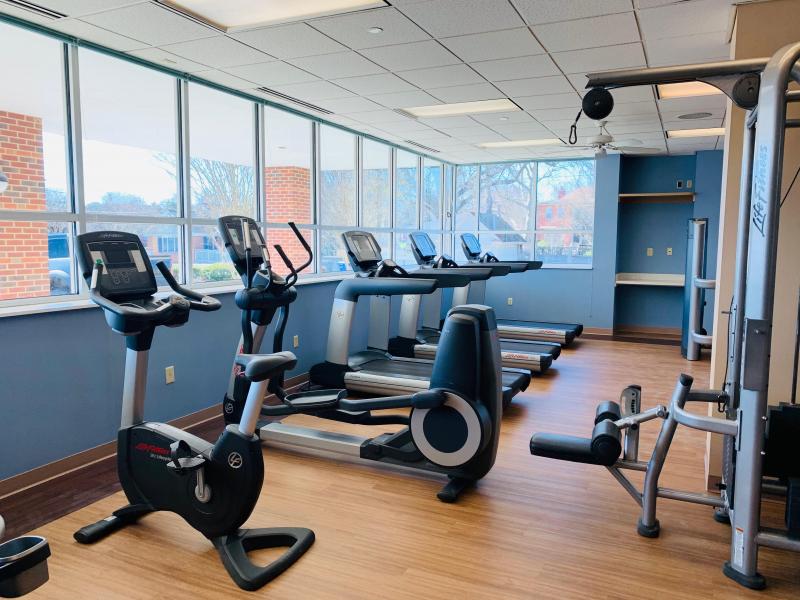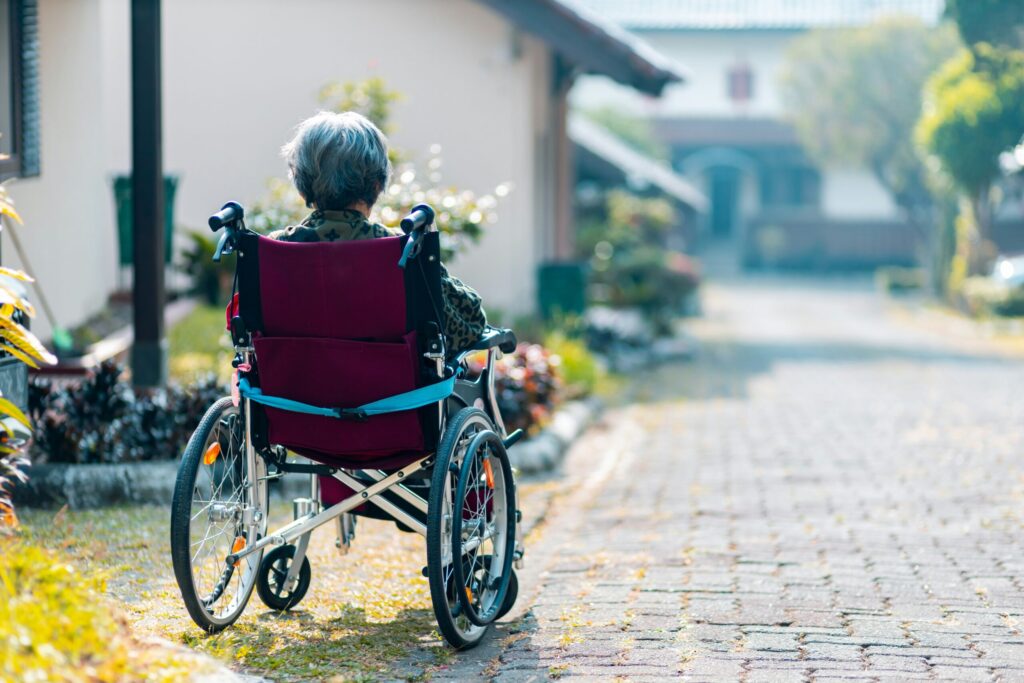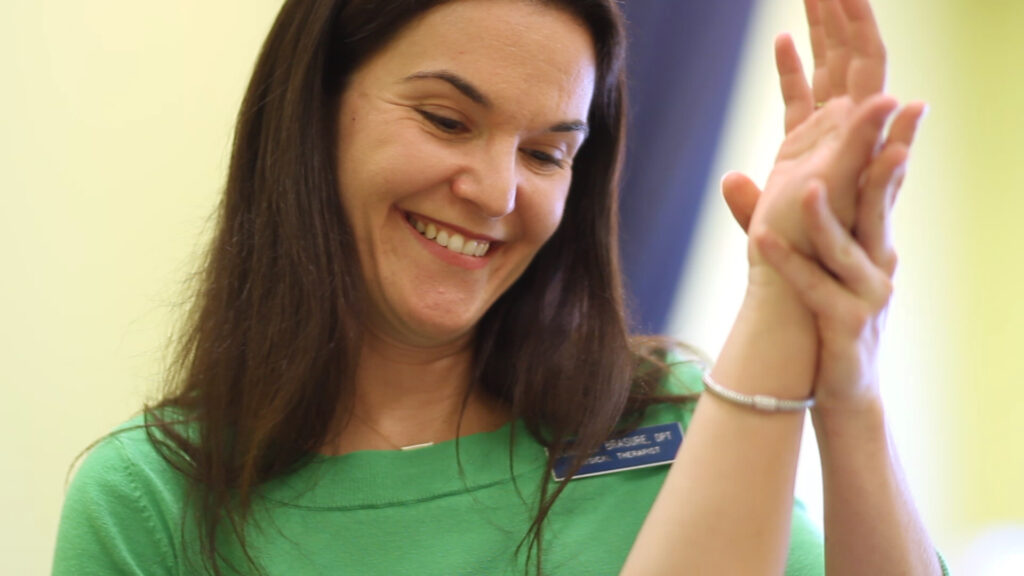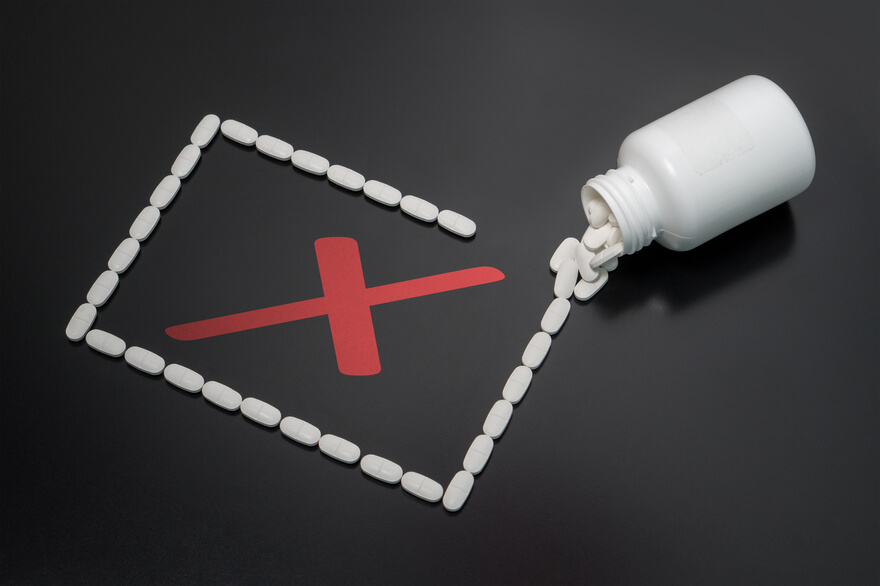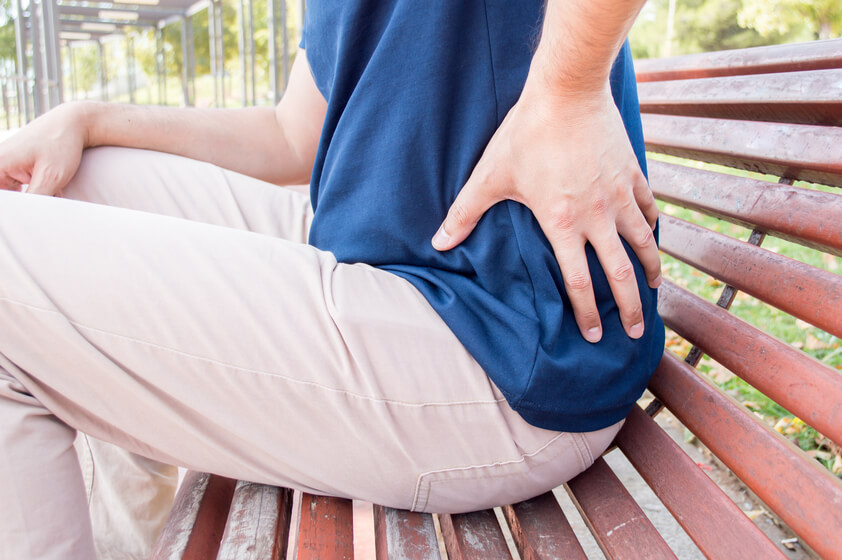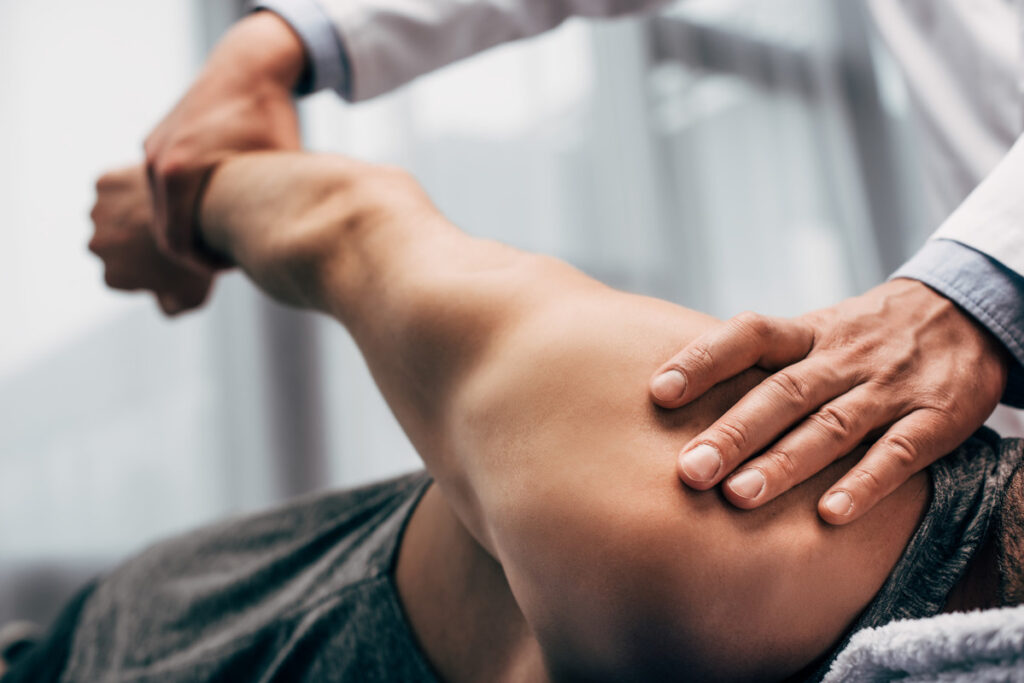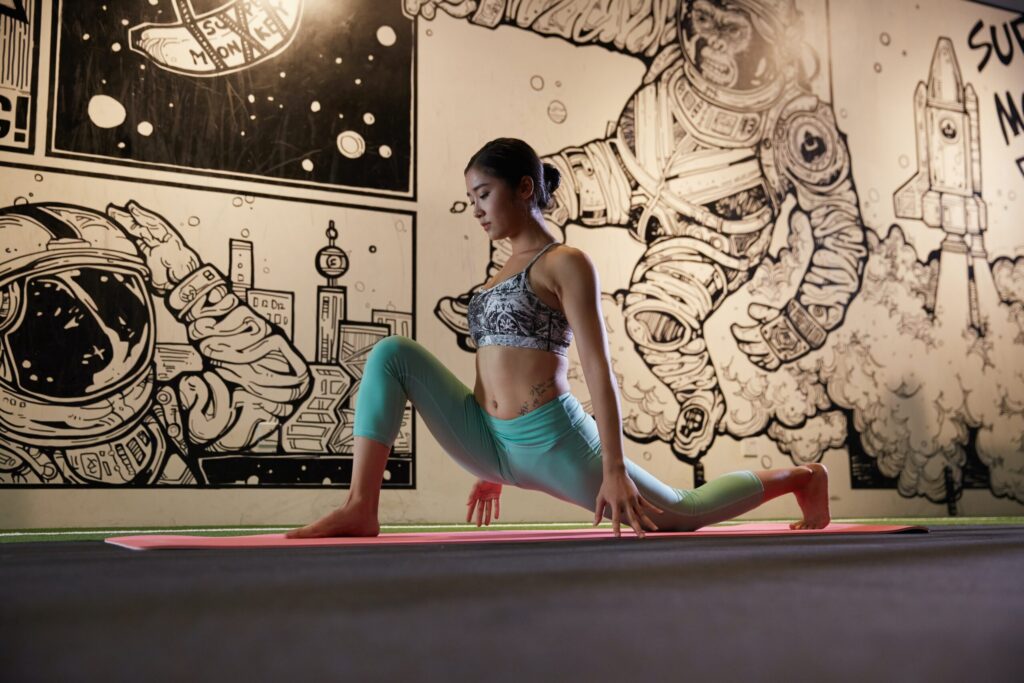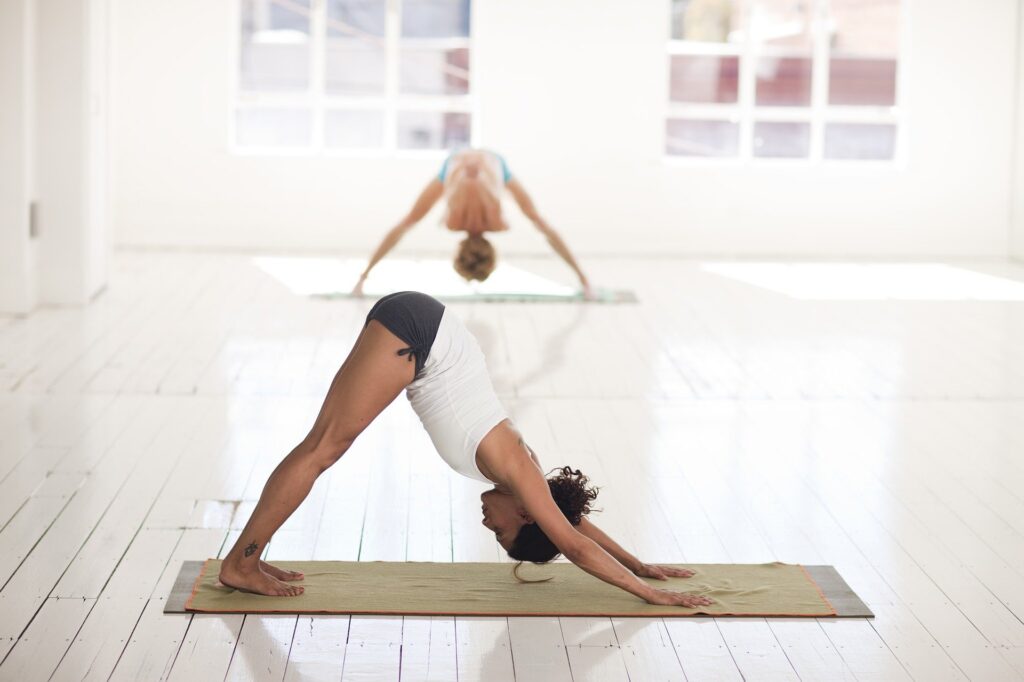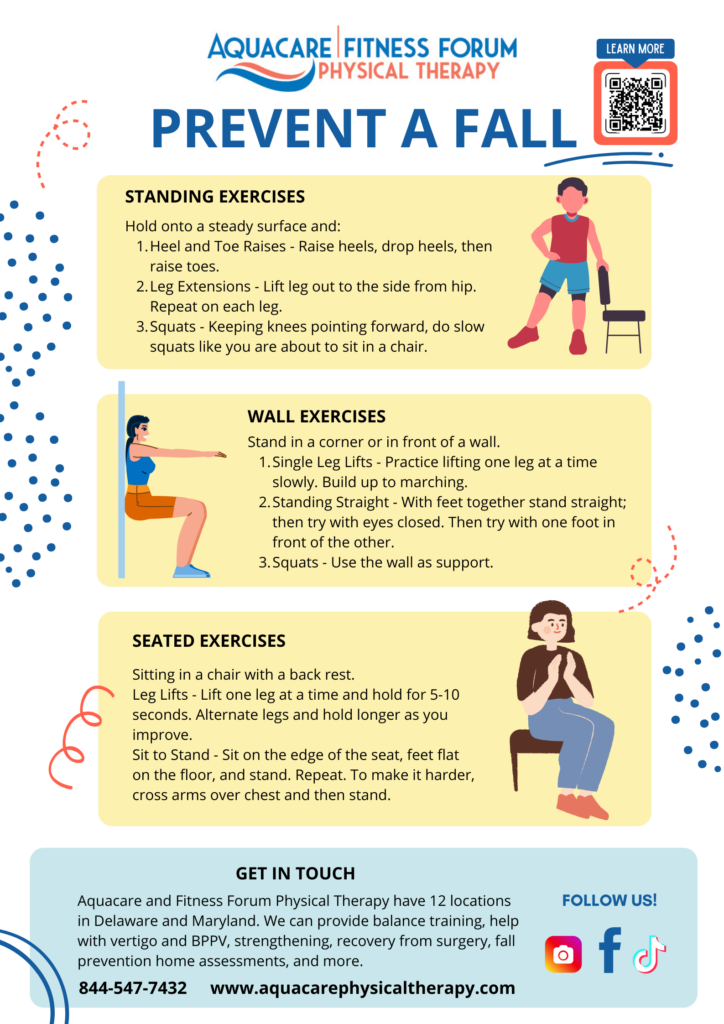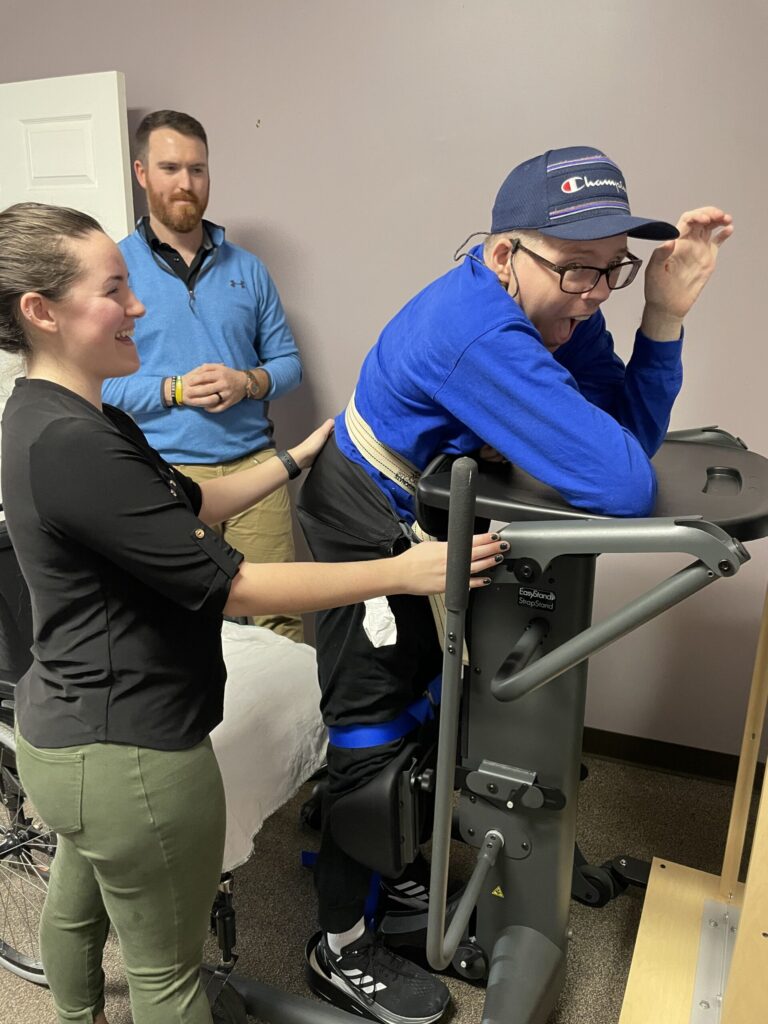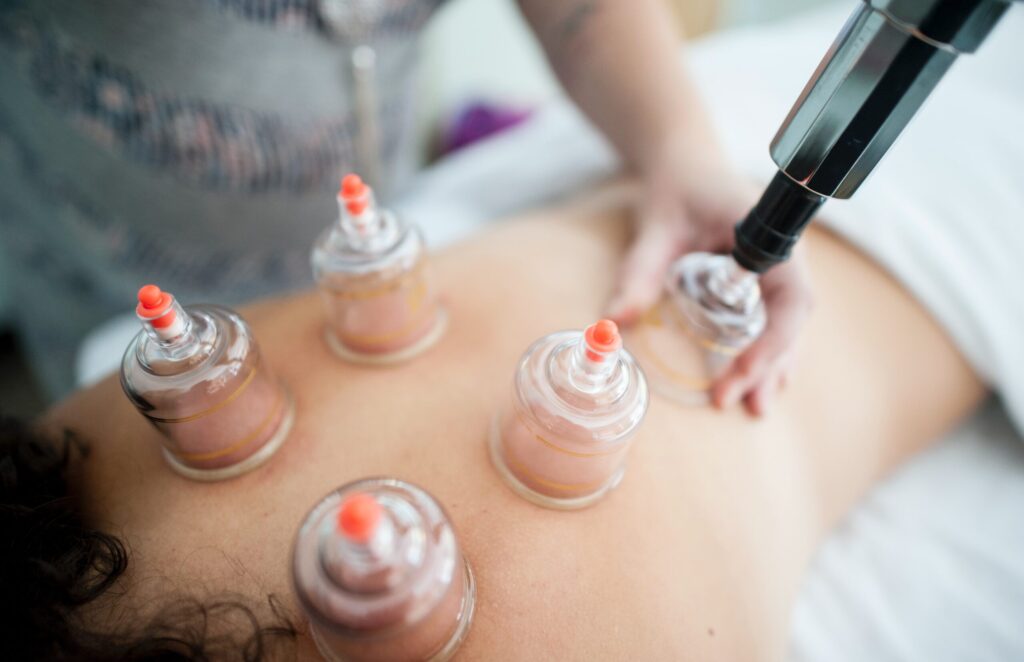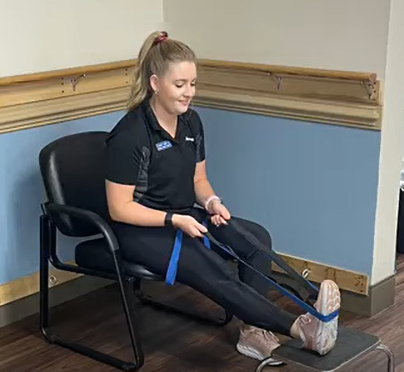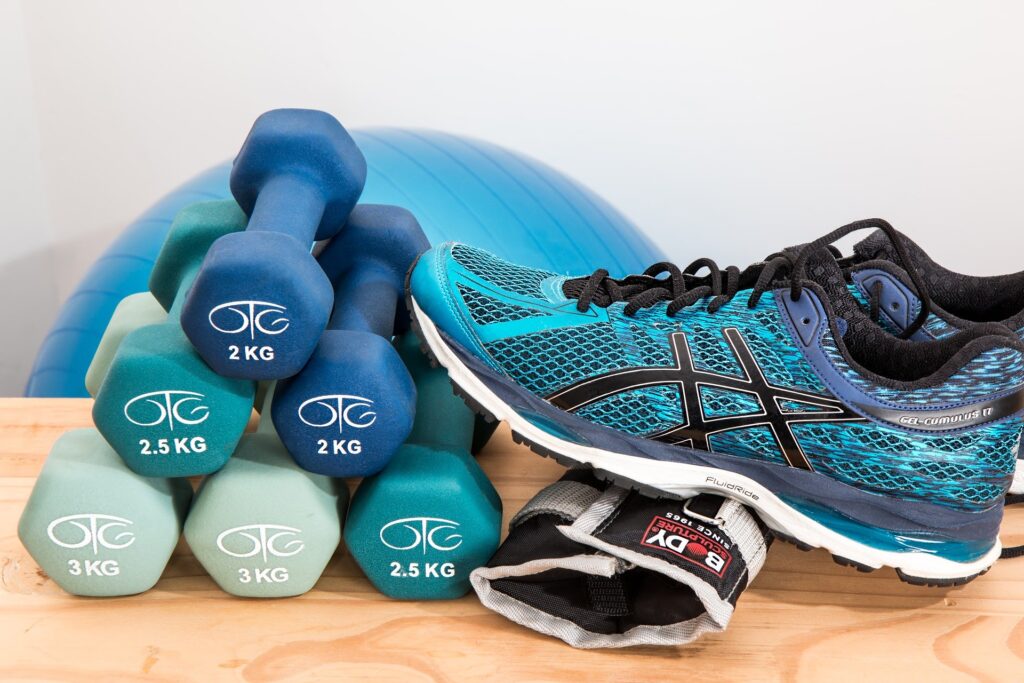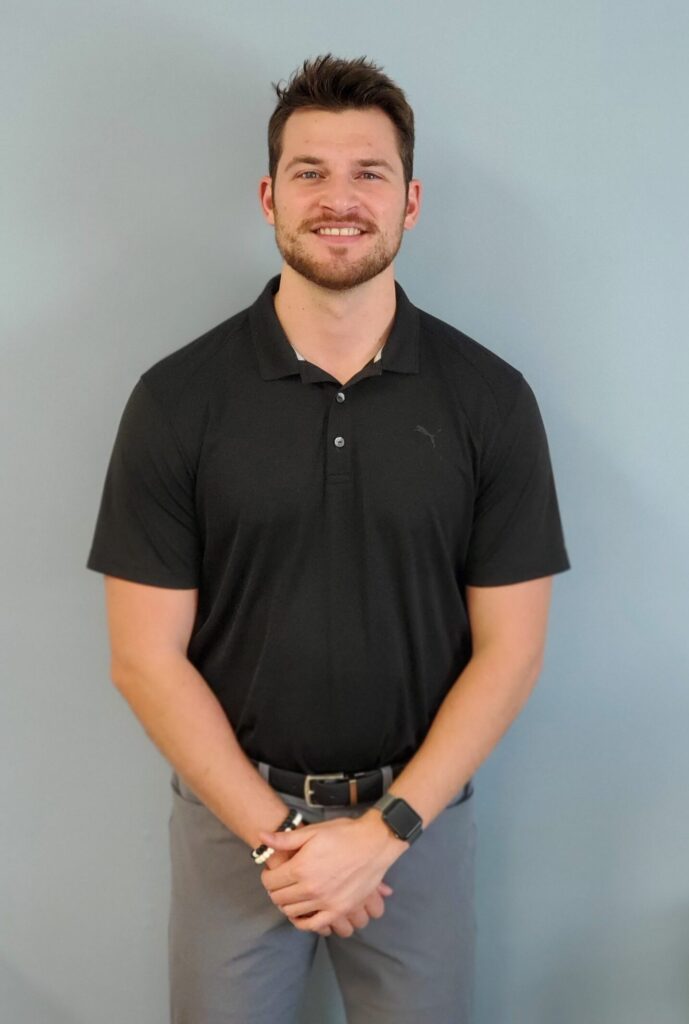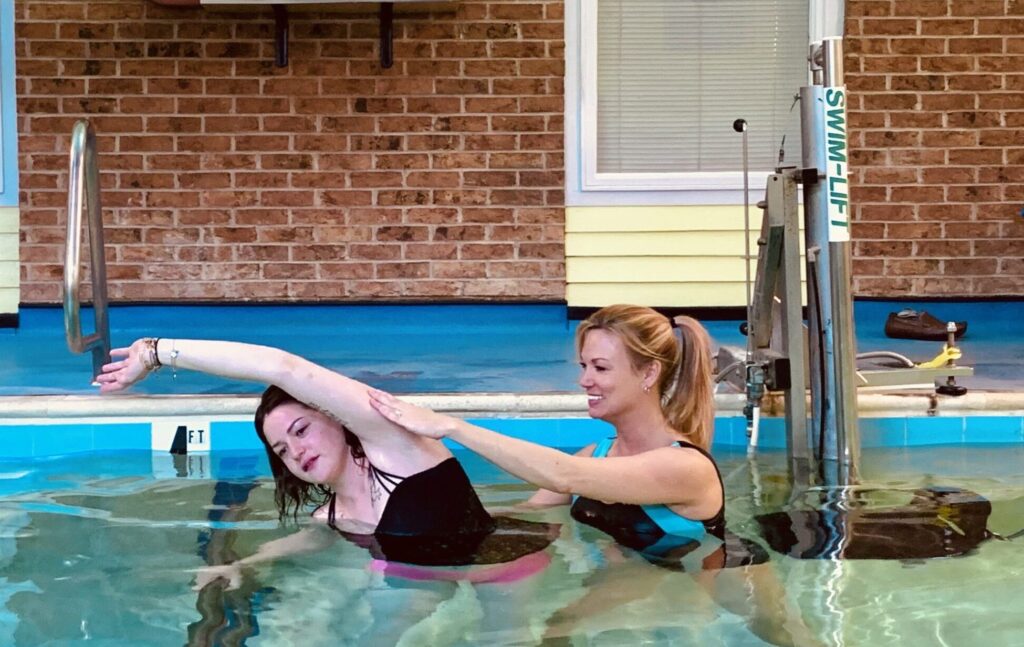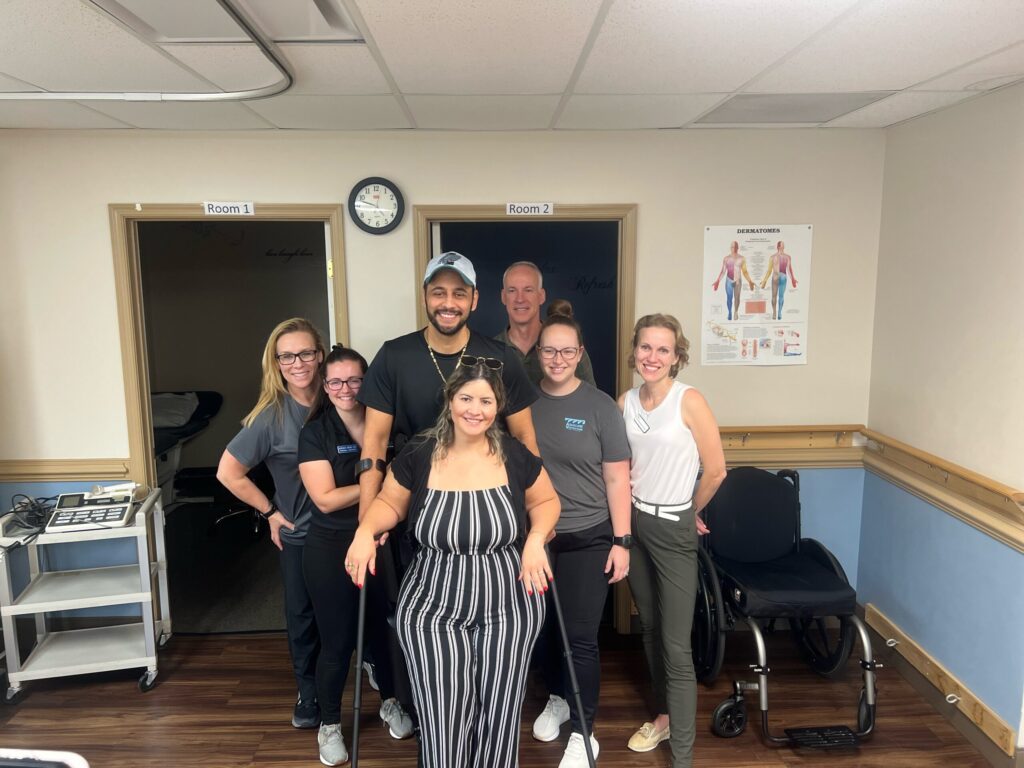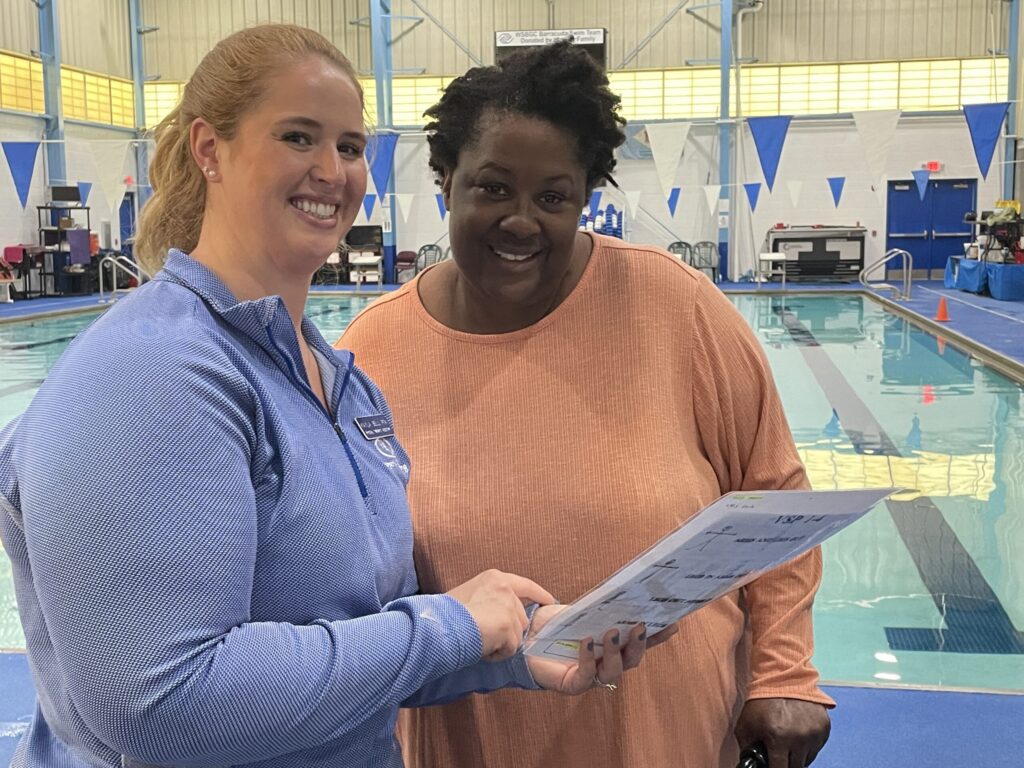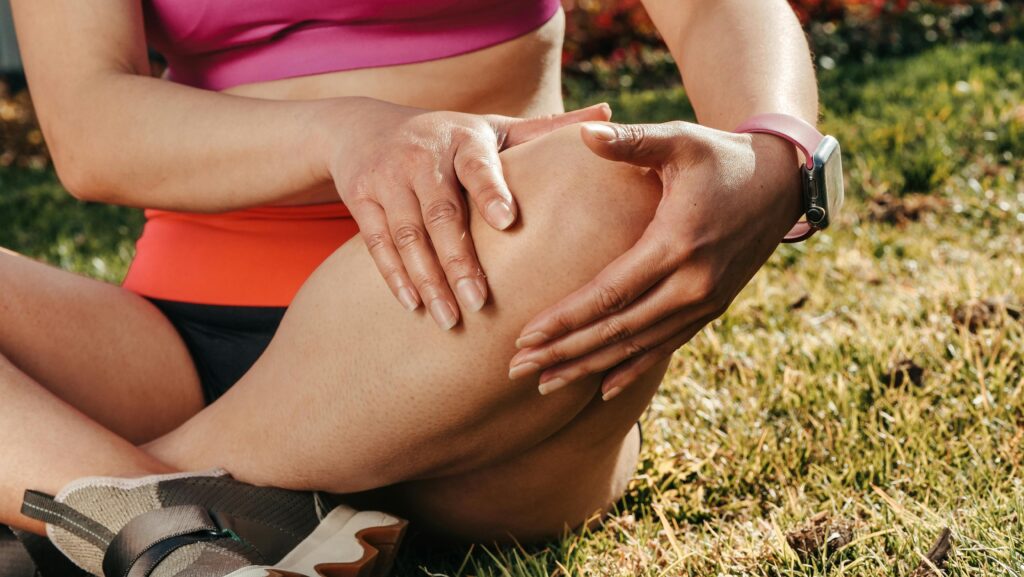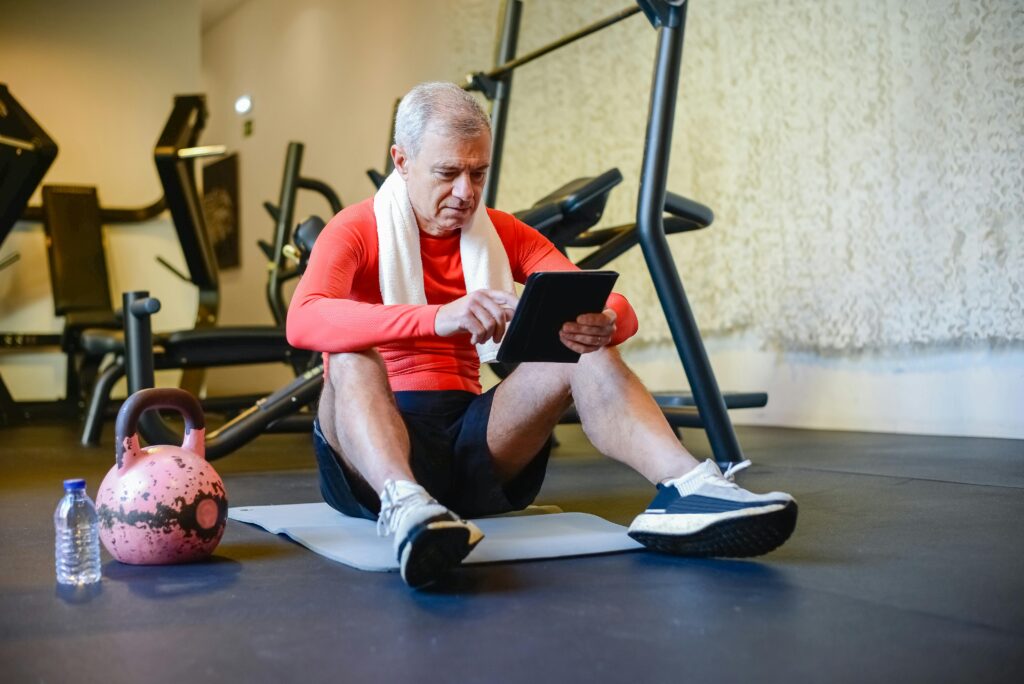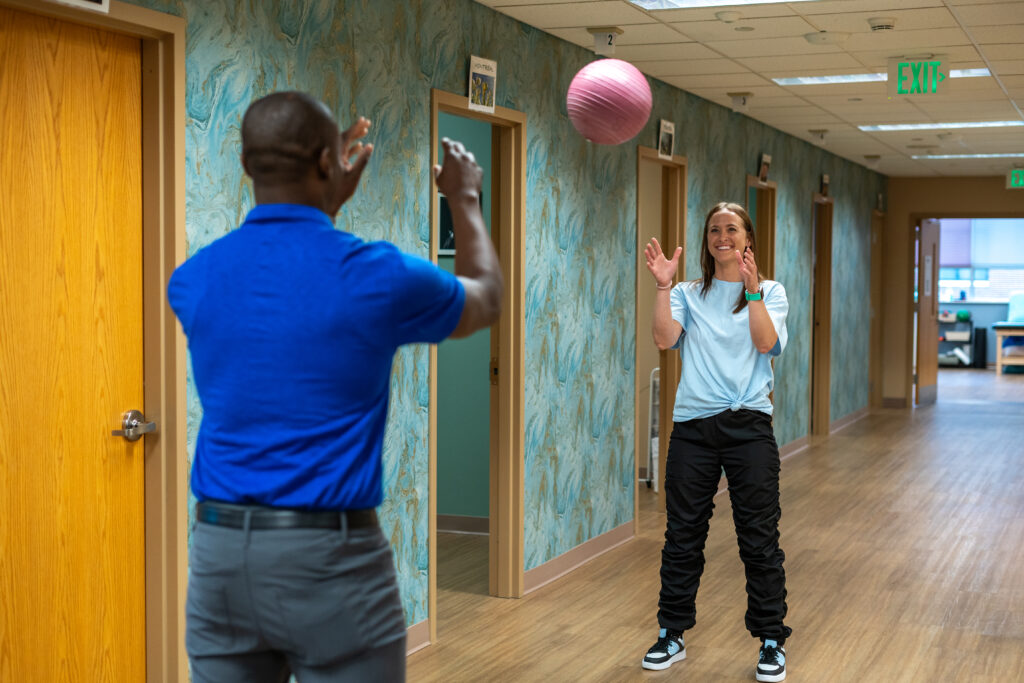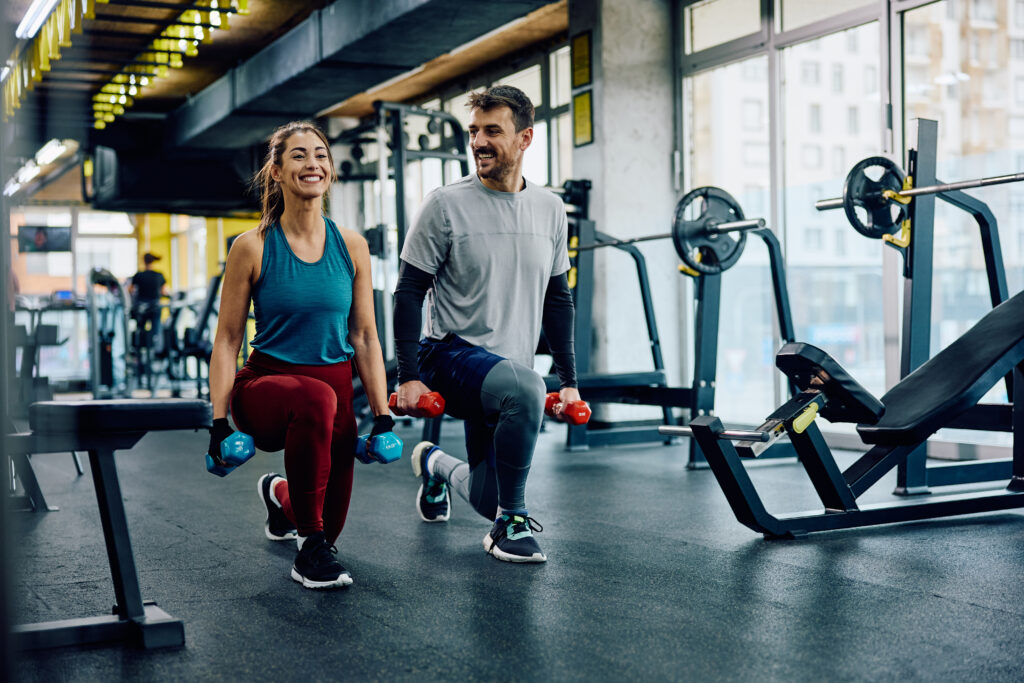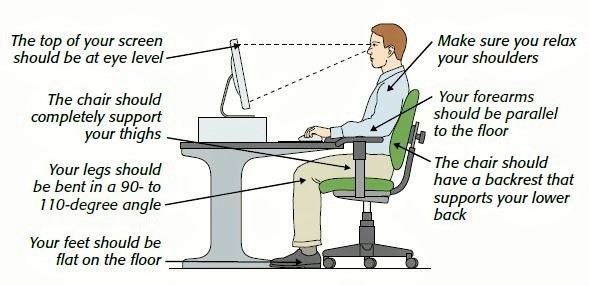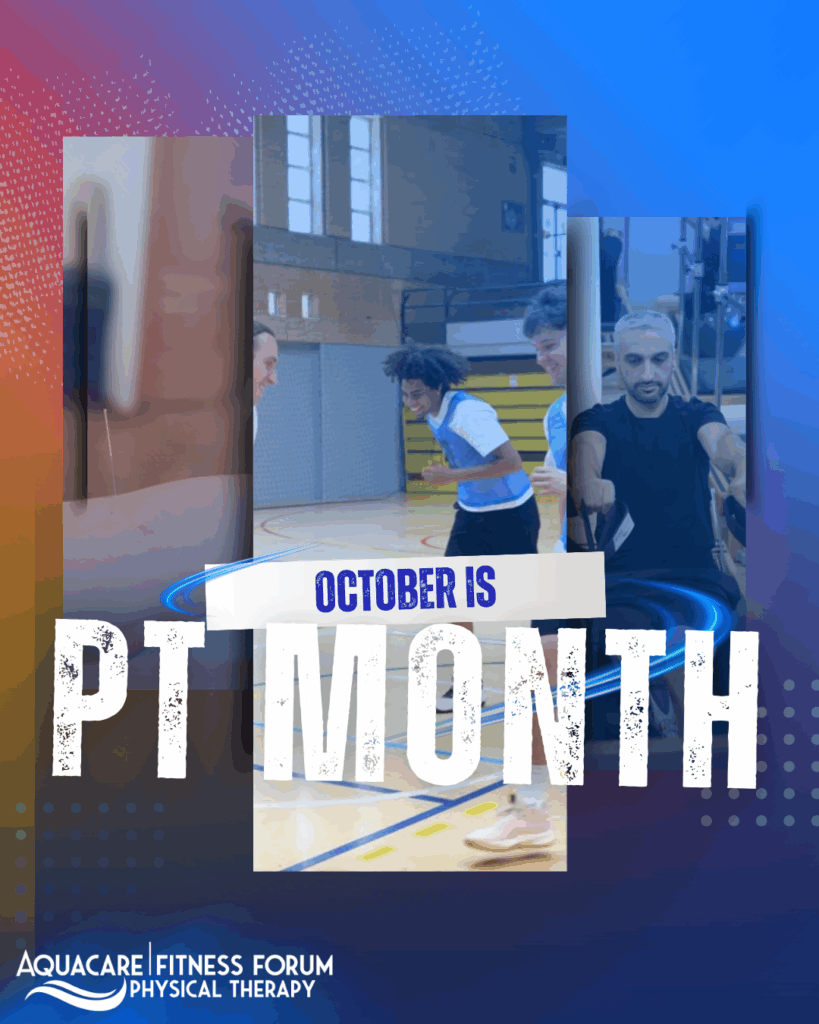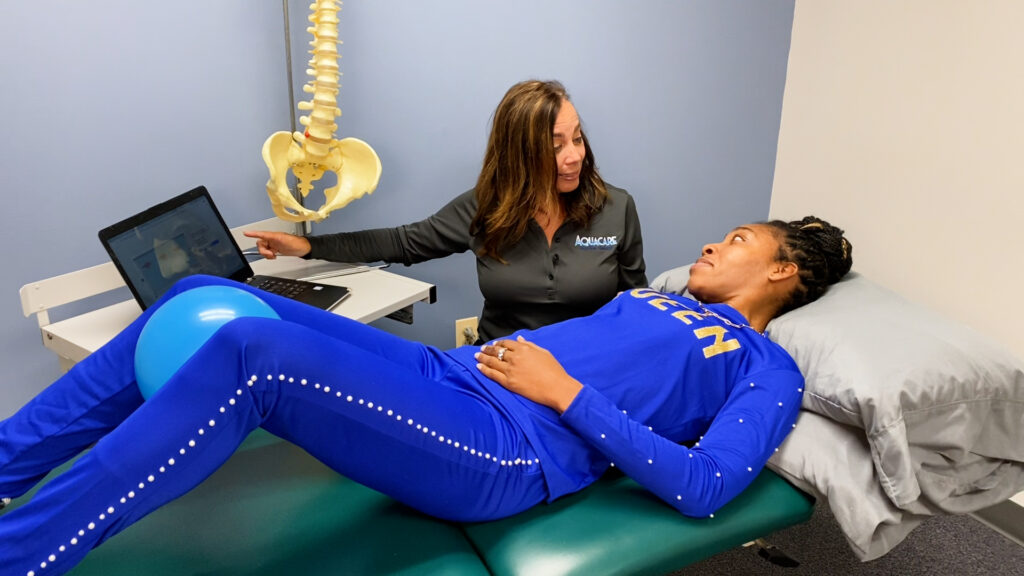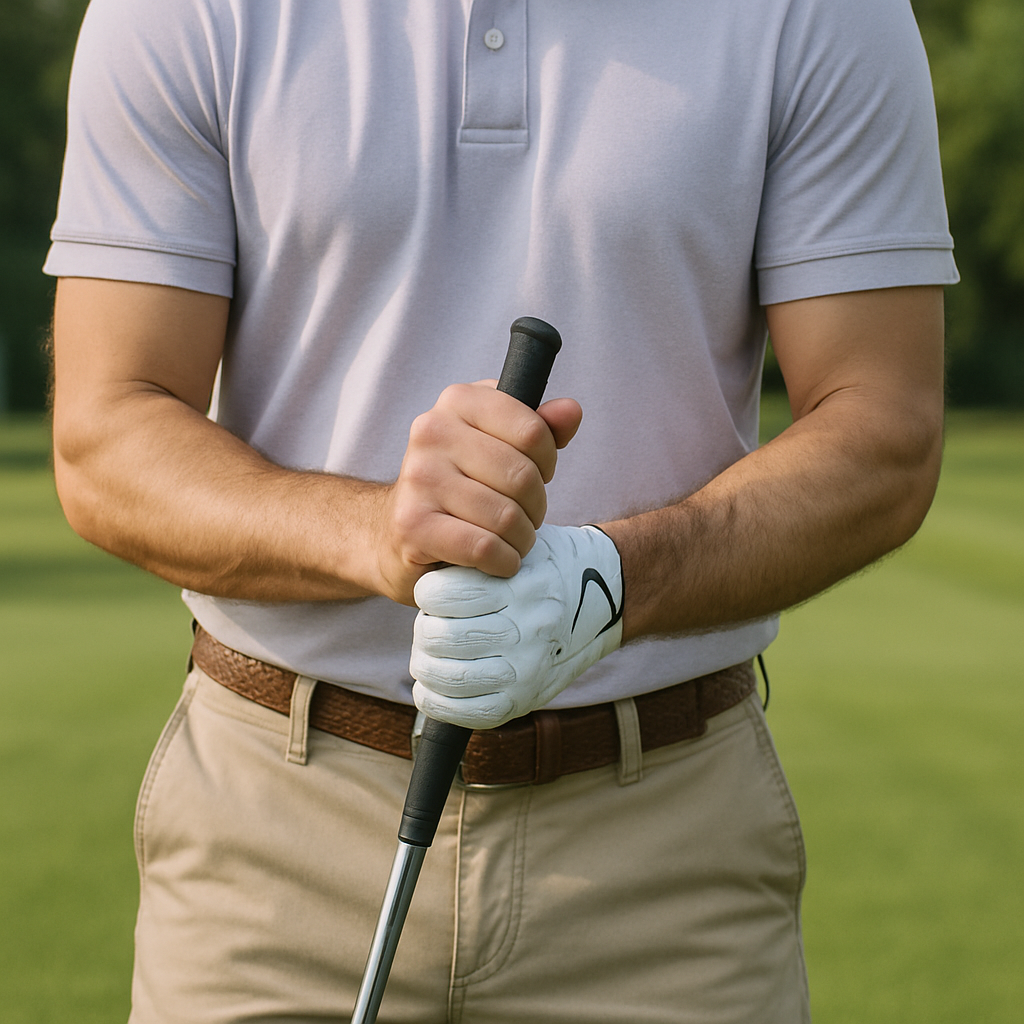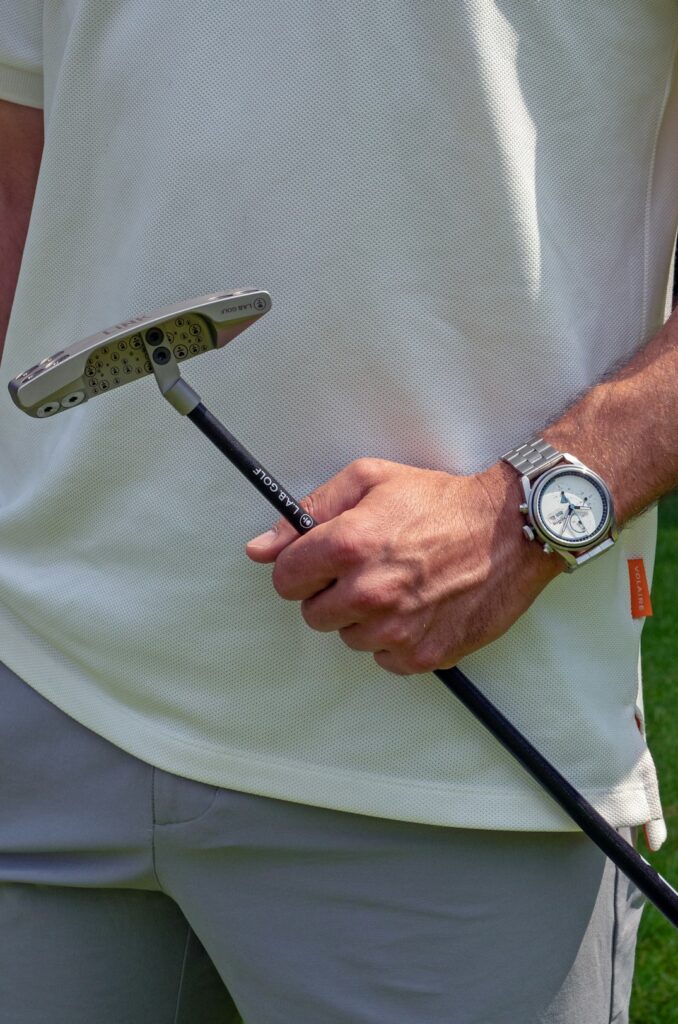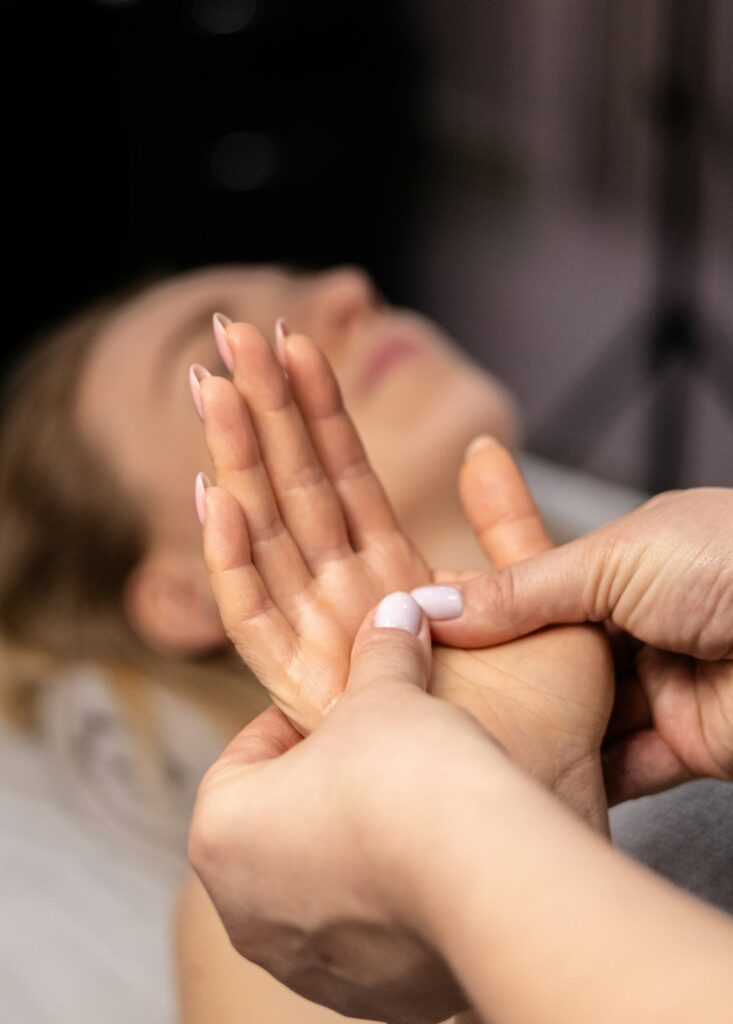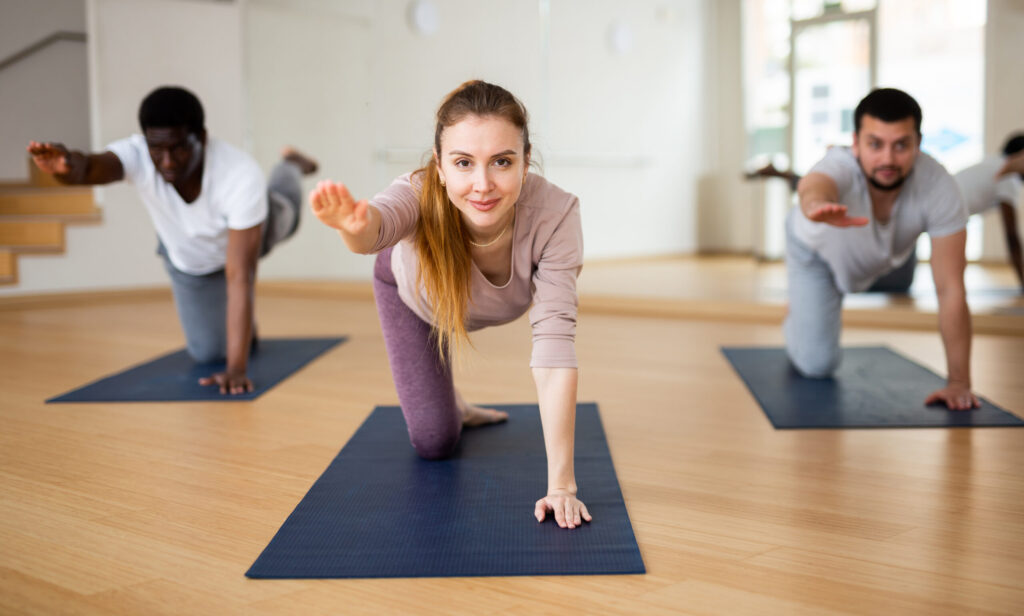
Strengthen Your Core Muscles with Physical Therapy

Whether lifting a box, or running a marathon, you need strong core muscles for functional movement, balance, performance and injury prevention.
What are the Core Muscles?
The core muscles consist of two groups:
Inner Core Muscles: These deep internal muscles are the core’s stabilizers. They are attached to the spine and support movement.
Outer Core Muscles: These muscles support the inner core. They work in conjunction with the inner core muscles to move the body.
Core Stability vs. Core Strength
While core stability and strength may appear synonymous, they are different.
Core Stability: This is the ability to stabilize the spine with muscle activity and the focus on the inner core muscles.
Core Strength: Refers to the muscles’ ability to move, involving the outer core muscles.
Core Strength: Essential for Movement, Balance & Injury Prevention
Core strength plays a critical role in various activities, such as lifting objects or engaging in long-distance running. But why is core strength so important?
Insufficient activation of the core muscles can result in decreased control and coordination of the body, along with potential reductions in movement efficiency and the development of compensatory patterns.
By recognizing how vital core strength is and comprehending its contributions to functional movement, balance, performance optimization, injury prevention individuals can prioritize their training to achieve optimal physical well-being.
Strengthen Your Core Muscles with Physical Therapy
You’ve probably heard of “core muscles” before, but the term “anticipatory core” is usually unfamiliar to most people. The core is traditionally thought of as the abdominal muscles, and related to conditions like low back pain or spine instability. However, there’s much more to the core than just the abdominal muscles.
The anticipatory core group consists of four muscles:
- the respiratory diaphragm
- transverse abdominis
- pelvic floor group
- multifidus.
We will discuss the anatomy of each muscle, how they work together, and the role they play in pelvic health conditions like urinary incontinence and pelvic organ prolapse.
Respiratory diaphragm:
This is your main breathing muscle. It’s a large, umbrella shaped muscle that sits at the bottom of your ribcage and separates your chest cavity from your abdominal cavity. When you breathe in, this muscle will expand downward to draw air into your lungs. When you breathe out, this muscle contracts back up.

Transverse Abdominis:
This is the deepest of all of the abdominal muscles. It wraps from your spine all the way to the front of your abdomen, almost like a built-in girdle. It is important for spinal stability and managing pressure in your abdominal cavity.

Pelvic Floor Muscles:
This group of muscles sits in the base of your pelvis like a sling. They have many important functions like postural stability, sphincter control, sexual appreciation, and pelvic organ support. How do you know when it is time to have your pelvic floor issues or pain evaluated? Here are the steps to take.

Multifidus:
This muscle covers your entire spine. It has more mass at the base of your spine near your sacrum, with muscle fibers decreasing in bulk at the top of your spine in your neck. This muscle helps control spine motion and provides stability.

All four of these muscles will activate in a specific order milliseconds before you perform an activity such as reaching to take an object off a shelf, bending to lift a laundry basket, prior to a sneeze or cough, or any number of things. They do this to provide stability and support to your trunk.
If these muscles are weak or not activating properly, people may rely on breathing holding or increased intra-abdominal pressure to provide that core stability, which can put too much pressure on the pelvic cavity and cause leakage, contribute to pelvic organ prolapse, or other issues.

